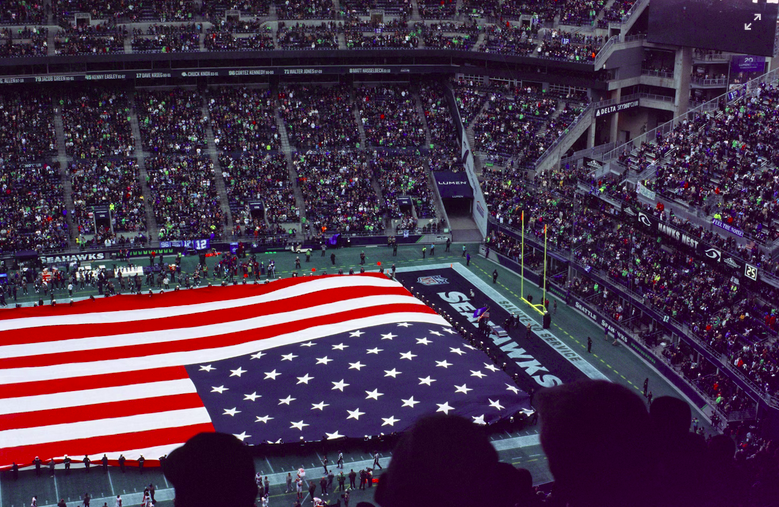When we walk into the modern gym today, the options and tools at our disposal are almost endless. There can be a plethora of machines, barbells, dumbbells, kettlebells, bands, chains, etc...and these implements can be used in various ways to achieve various end states.
With all of these options, do we ever ask if we are picking the optimal tools to accomplish our goals? In theory could you use a hammer to put a small screw into a piece of wood? Maybe...but wouldn’t it be easier to use a screwdriver?
If I bench, squat, and deadlift...I am building strength…right? I don’t know. What if you are choosing to do sets of 15 reps, with 30 seconds rest between sets? Is that strength development?
If we did the same 3 movements for sets of 3-5 reps, very heavy, with plenty of rest of between sets...are we now developing strength? Most would probably say yes.
Is there also a specificity and frequency component? Why is it that sometimes submaximal loads done for submaximal repetitions also develop strength? Do we need to zoom out and look over several weeks or even months of a program to understand it’s potential effectiveness?
I have heard Strength Coach Dan John say on one of his podcasts in most cases before adding load when using his program, Easy Strength, the weight should be flying off your chest, or the floor, or whatever. Interesting...so now we are looking at the speed of repetition as a gauge for progression. So it isn’t just the sets, reps, and exercises…it can even by how we do each rep.
What I am getting at here is depending on goals and training age, how you complete exercises can be just as important as which exercises you choose. What is your end state?
Dr. Fred Hatfield (above) comes to mind. The late Dr. Hatfield, or “Dr. Squat”, popularized the method of Compensatory Acceleration Training (CAT). Dr. Hatfield used this method on his way to being one of the first humans to squat a 1000lbs…this is where we stop thinking and just listen to what he had to say.
CAT has you put maximal force into whatever lift you are doing, regardless of load. This would also include even if you are using very heavy loads and the bar is moving slowly. You are mentally present and pushing as hard as possible. This teaches us, our Central Nervous System, to learn how to develop the ability to display our strength and power. The word intent comes to mind.
Why is this effective? For starters you can use lighter loads and still get a great training effect out of it. Less wear and tear for our tactical populations or “hybrid” athletes, and this also leaves room for the conditioning you also have to do without beating yourself up. This is why when I program for these populations I usually use submaximal loads with the instructions to move the bar with intent. This also allows for higher frequency training. As the load fluctuates throughout the week and months, by putting intent into the lift you can still make progress. Even if it always isn’t in the form of more weight on the bar. That will come later, and often times people are shocked with how much strength they have gained.
This means that whether you are using: kettlebells, dumbbells, barbells, or even sandbags...depending on your goal we need to remind ourselves that how we do these movements should be in the forefront of your planning just as much as your chosen modality.
If you’re trying to develop strength/power, or your ability to display strength/power in repeated bouts, just going through the motions probably won’t be enough. You need to be mentally present, and put intent in the movement.
If you’re pulling weight off the floor- after you hinge back and get a hold of the implement, squeeze the bar, or handle, or whatever...as hard as possible. Your abs should be tight. Screw your feet into the floor. You should feel the musculature around your hips tighten. Push your hands towards the floor...you should feel your lats tighten...then attack the implement.
If we do this long enough it becomes second nature and automatic. This ability will then translate onto the field, the court, or the mat. Or if you’re in law enforcement or tactical populations, it shows up despite the adrenaline on the street or battlefield.
If you train to just go through the motions, when it counts, you will just go through the motions. Under stress we all just fall back on our training.
Or put much more eloquently by Greek poet Archilochus:
"We don't rise to the level of our expectations; we fall to the level of our training."
What is your level of training?
Original posting of this article can be found here.
Interested in our daily programming? Try it free for 7 days on the TrainHeroic App!



